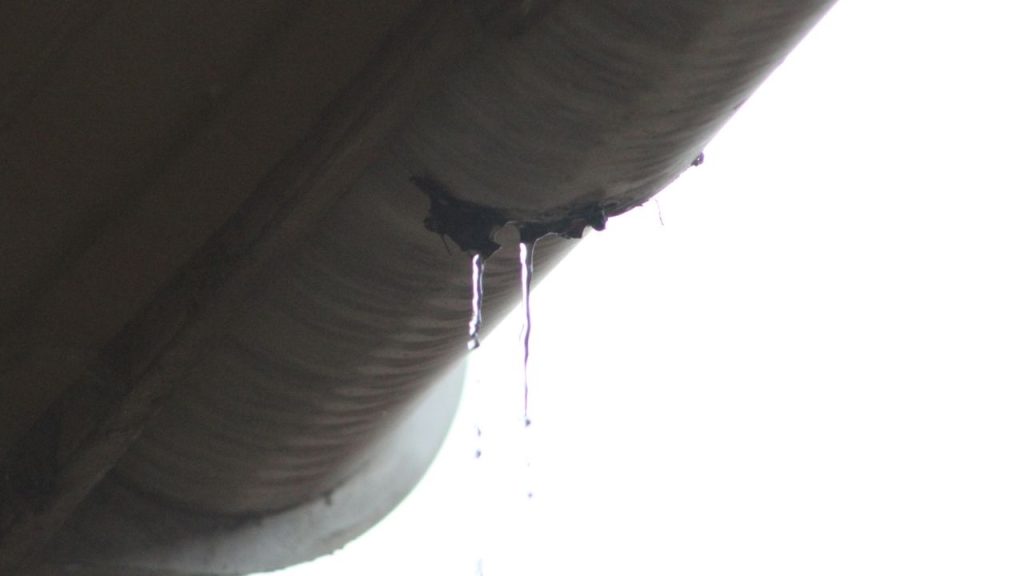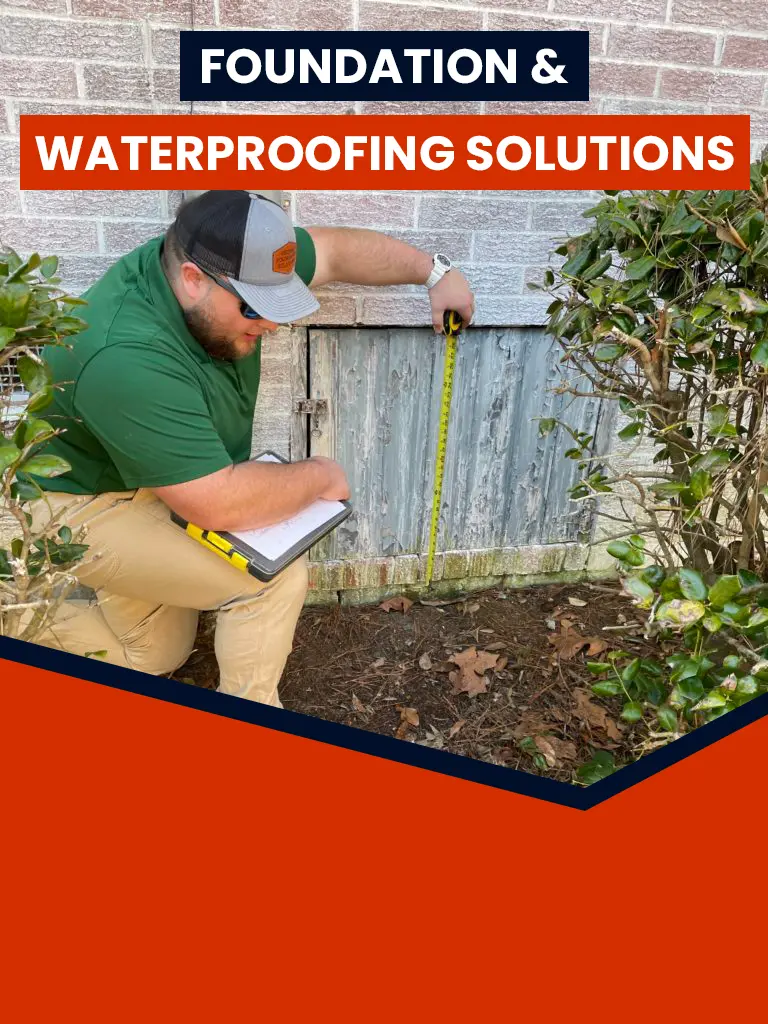When it comes to safeguarding your home’s foundation, gutters are often overlooked. However, gutter foundation protection is essential for diverting rainwater away from your home and preventing costly damage. Malfunctioning gutters—whether from clogs, leaks, or improper installation—can cause water to pool around your foundation, leading to serious structural issues. Let’s dive into how gutter problems impact your foundation and explore effective solutions to prevent damage.
The Role of Gutter Foundation Protection
The primary function of gutters is to collect rainwater from the roof and channel it away from the house, typically through downspouts. This helps prevent water from pooling around the foundation of the home. When gutters work as they should, they help:
- Prevent soil erosion: Water directed away from the house stops soil from washing away, which can destabilize the foundation.
- Avoid pooling water: Standing water around your home creates hydrostatic pressure, which can lead to cracks or leaks in the foundation.
- Protect basement walls: When water accumulates around the foundation, it can seep into basement walls, leading to water damage or flooding.
In short, gutters act as the first line of defense in protecting your foundation from excess water.
How Gutter Problems Lead to Foundation Damage
When gutters are not properly maintained or malfunction, they compromise gutter foundation protection, allowing water to accumulate around your home’s foundation. This can lead to significant structural issues over time. Proper gutter foundation protection requires addressing common problems like clogs, leaks, sagging gutters, and improperly placed downspouts. Understanding and resolving these issues is essential for maintaining effective gutter foundation protection and preventing costly foundation damage. Here are some common gutter issues that can impact your home’s gutter foundation protection strategy:
1. Clogged Gutters
Clogs caused by leaves, twigs, and other debris prevent water from flowing freely through the gutter system. When water backs up, it can overflow the gutters, running down the side of your home and pooling at the foundation. Over time, this constant exposure to water weakens the soil, creating pressure that can lead to foundation cracks or shifting.
2. Leaking Gutters
Leaks in the gutters or seams that aren’t sealed properly can allow water to escape and drip directly onto the foundation. Even a small leak can lead to significant problems over time. As the water seeps into the ground, it can erode the soil and put your foundation at risk.

3. Sagging Gutters
When gutters sag or pull away from the house, they can no longer direct water effectively. This means water may spill over in unexpected places, saturating the ground near your foundation. If the ground around your home is consistently wet, it creates instability in the soil, which can lead to foundation shifting or settling.
4. Improper Downspout Placement
Downspouts that are too short or improperly positioned can fail to carry water far enough away from the home. Water that drains too close to the foundation can lead to soil erosion or saturation, both of which compromise the stability of your home’s foundation.
5. Incorrectly Sized Gutters
Gutters that are too small for your roof may not be able to handle heavy rainfall, especially in regions with frequent storms. Overflowing water can damage not only your roof and siding but also lead to soil erosion and foundation issues.
The Impact of Water on Your Foundation
When water consistently pools around your foundation due to gutter issues, several problems can occur:
- Soil expansion and contraction: The soil around your home naturally expands when it absorbs water and contracts as it dries. This constant movement can put pressure on your foundation, leading to cracks or uneven settling.
- Hydrostatic pressure: As water accumulates in the soil surrounding your foundation, it creates pressure that pushes against the walls. This pressure can cause basement walls to bow, crack, or leak.
- Foundation settling: If the soil becomes too saturated, it can erode or wash away, causing your foundation to settle unevenly. This can lead to significant structural damage throughout your home, including cracks in walls, uneven floors, and stuck doors or windows.
Preventing Future Foundation Issues
Preventing foundation damage caused by gutters starts with regular gutter maintenance and proper installation. Here are a few key tips:
- Clean your gutters regularly: Remove leaves, twigs, and debris to prevent clogs. Regular cleaning, especially in the fall and spring, can ensure your gutters function as they should.
- Inspect for leaks: Regularly check for leaks or damage in your gutters and downspouts. Seal any cracks and replace any damaged sections promptly.
- Install gutter guards: Gutter guards can help reduce the amount of debris that enters your gutters, lowering the risk of clogs.
- Extend downspouts: Ensure downspouts extend at least 6 feet away from your home’s foundation to avoid water pooling near the house.
- Check for proper slope: Gutters should slope slightly to ensure water flows toward the downspouts. If they’re not properly sloped, water can pool and cause overflows.
- Consider professional installation: If you’re concerned about the condition or effectiveness of your gutters, consulting a professional for installation or repairs is often the best solution.
Conclusion
While gutters may seem like a small component of your home’s exterior, they are vital for gutter foundation protection. Neglecting to maintain your gutters can result in serious water-related problems that threaten the structural integrity of your home. Proper gutter foundation protection involves addressing issues like clogs, leaks, sagging, and improper downspout placement to ensure water is effectively diverted away from your foundation. By prioritizing gutter foundation protection, you can prevent pooling water, soil erosion, and costly foundation damage. Remember, consistent maintenance is the key to effective gutter foundation protection and long-term home safety.

